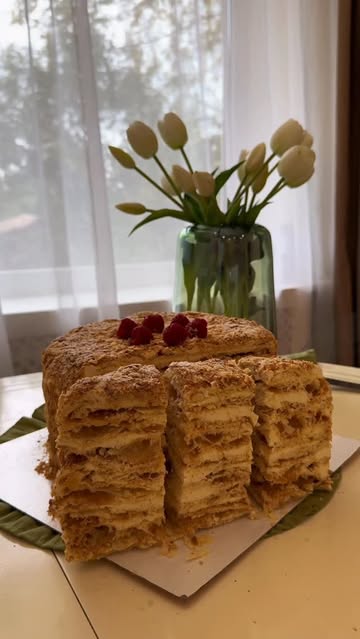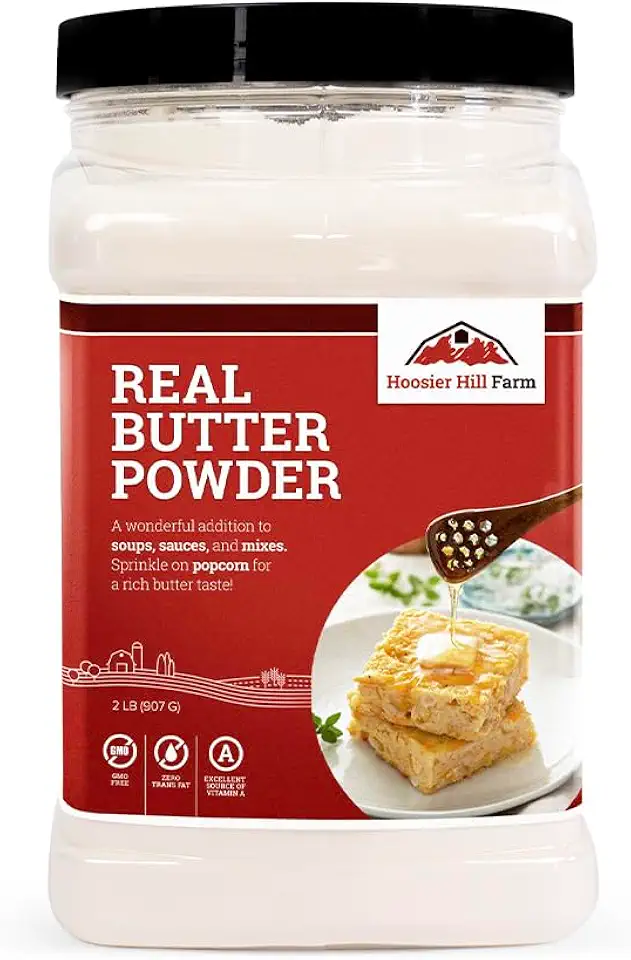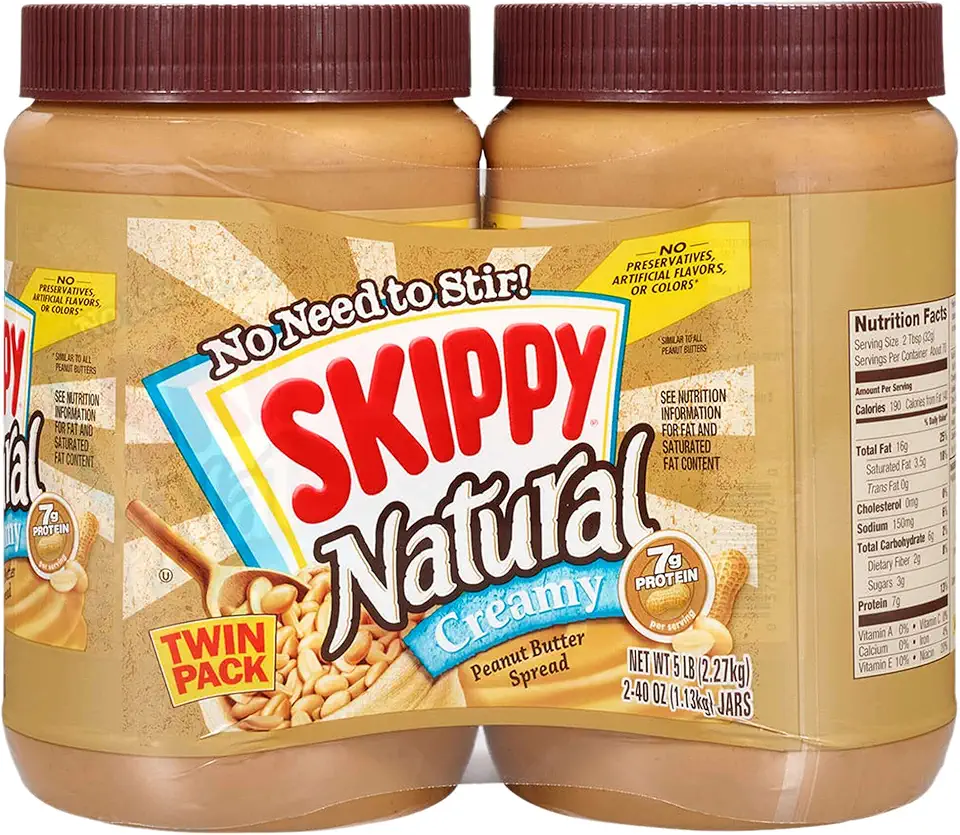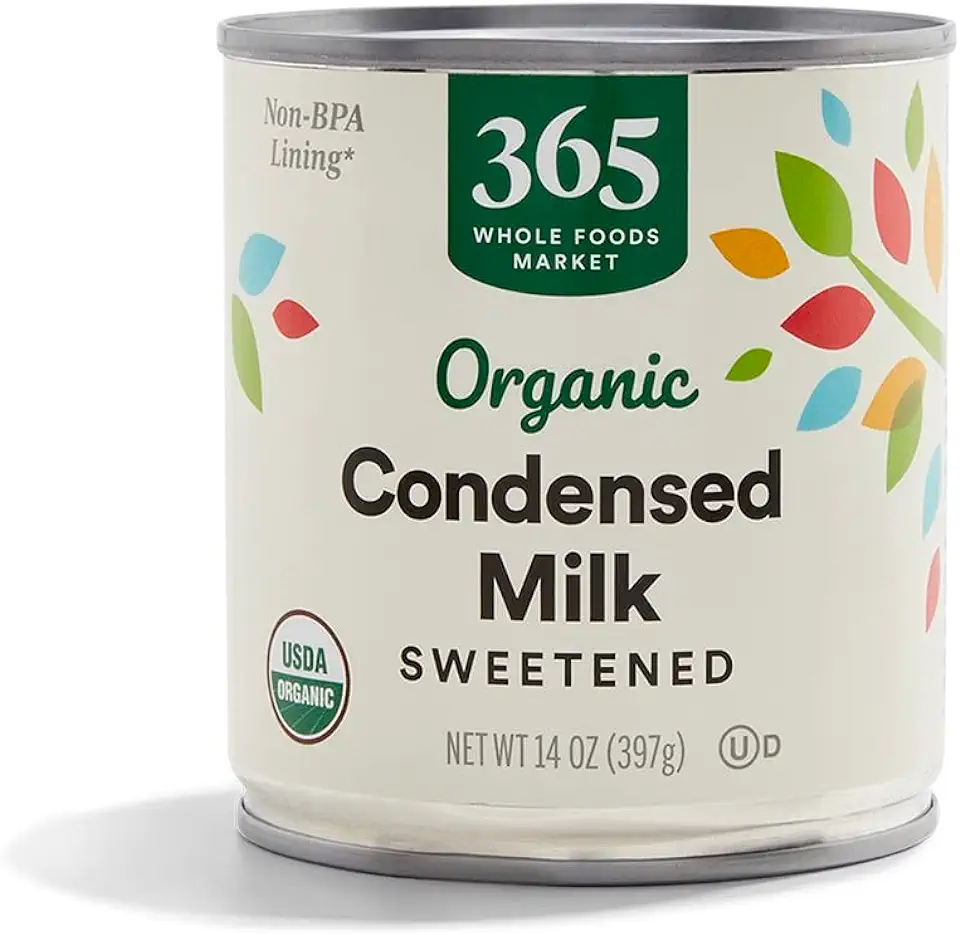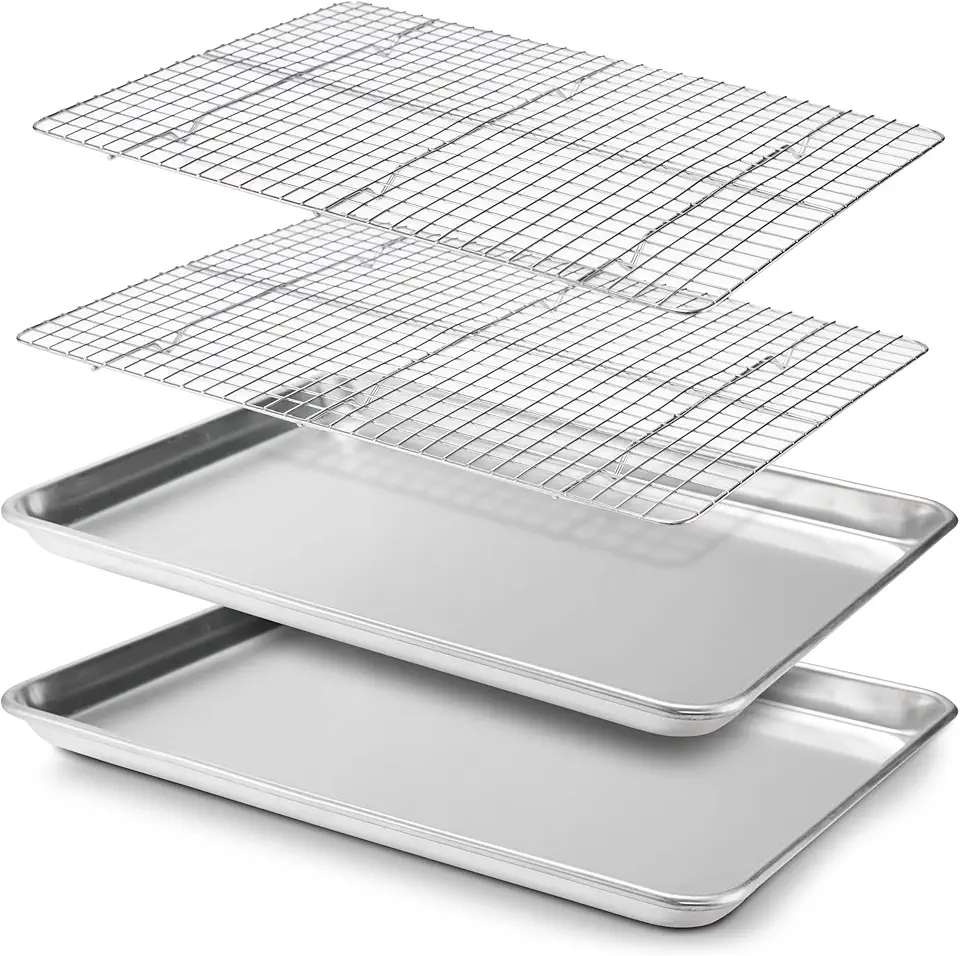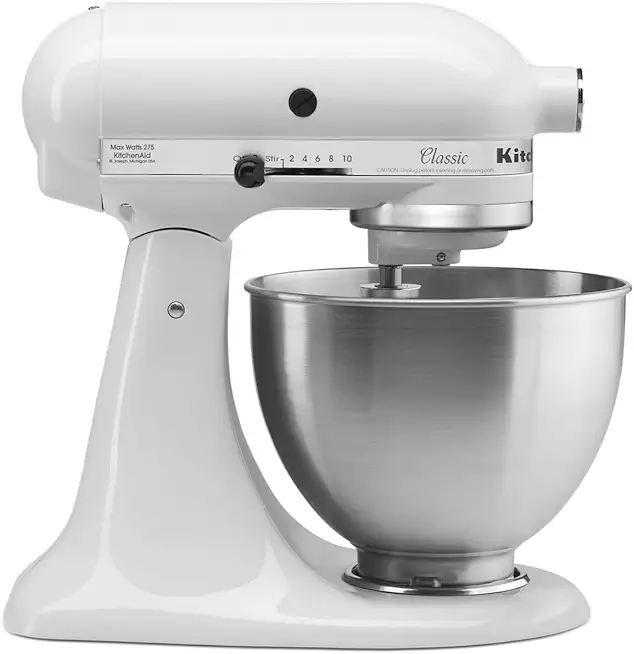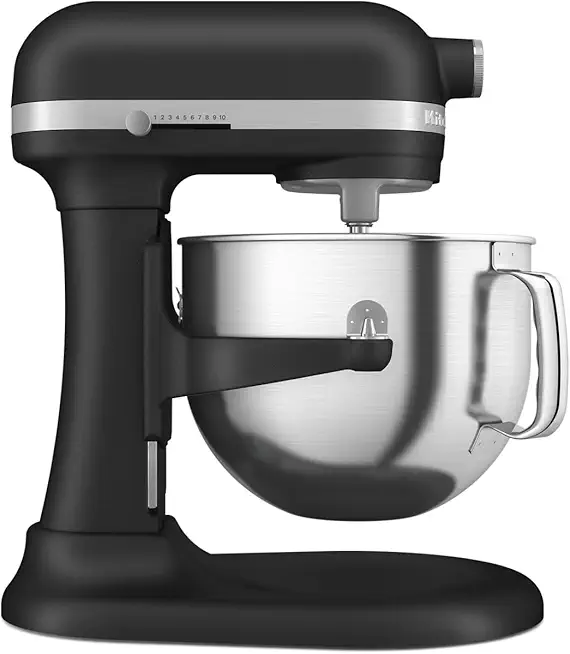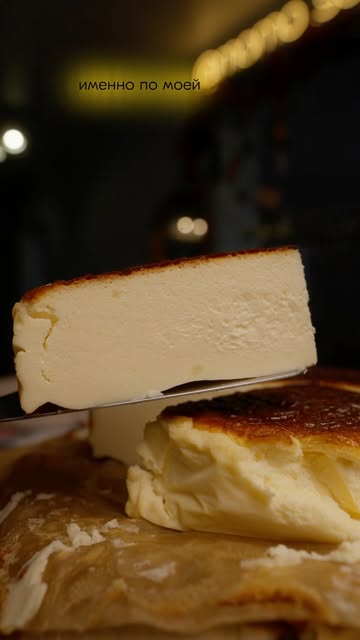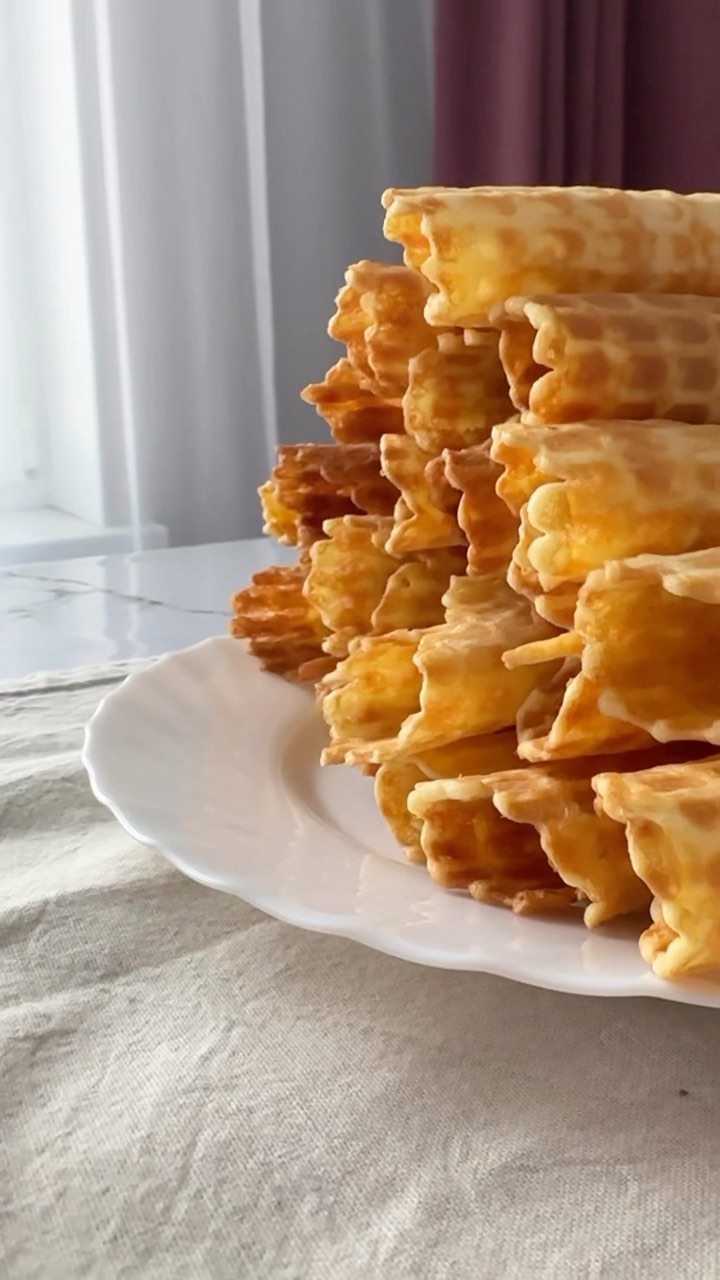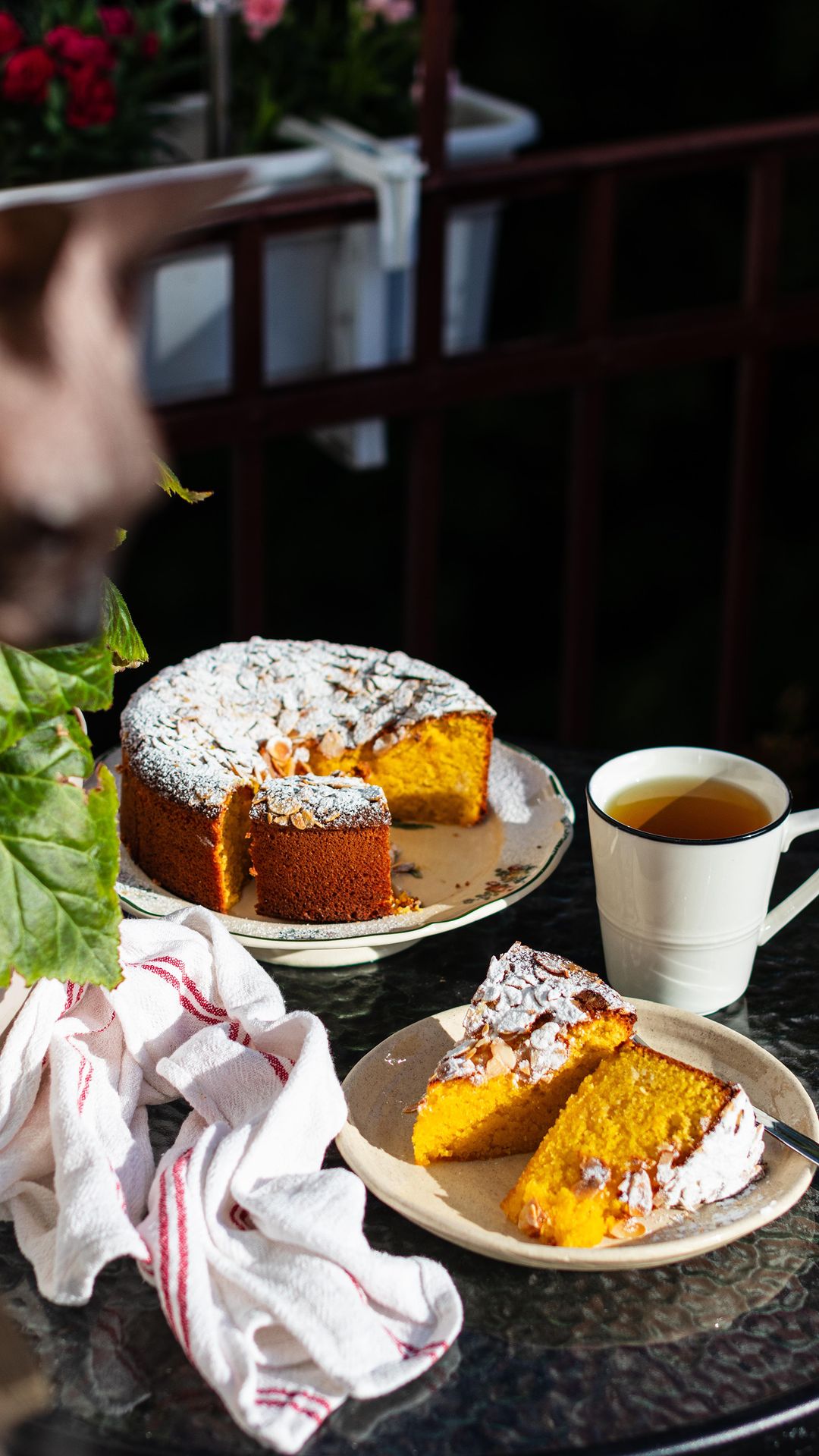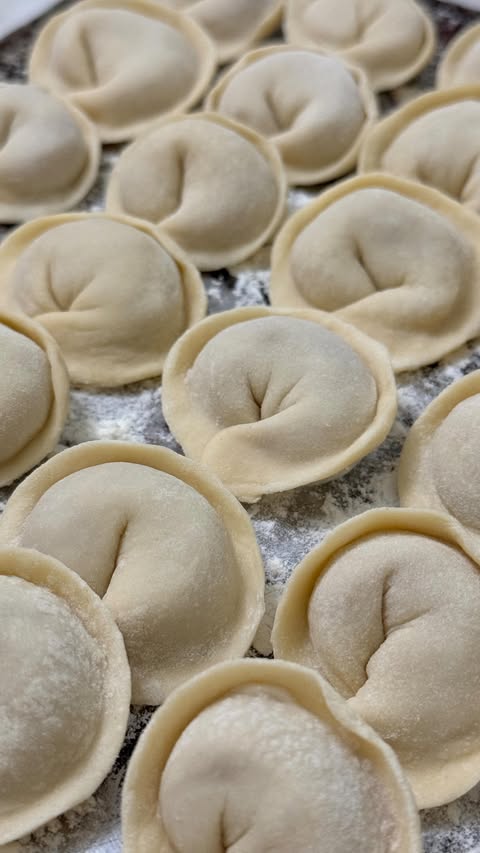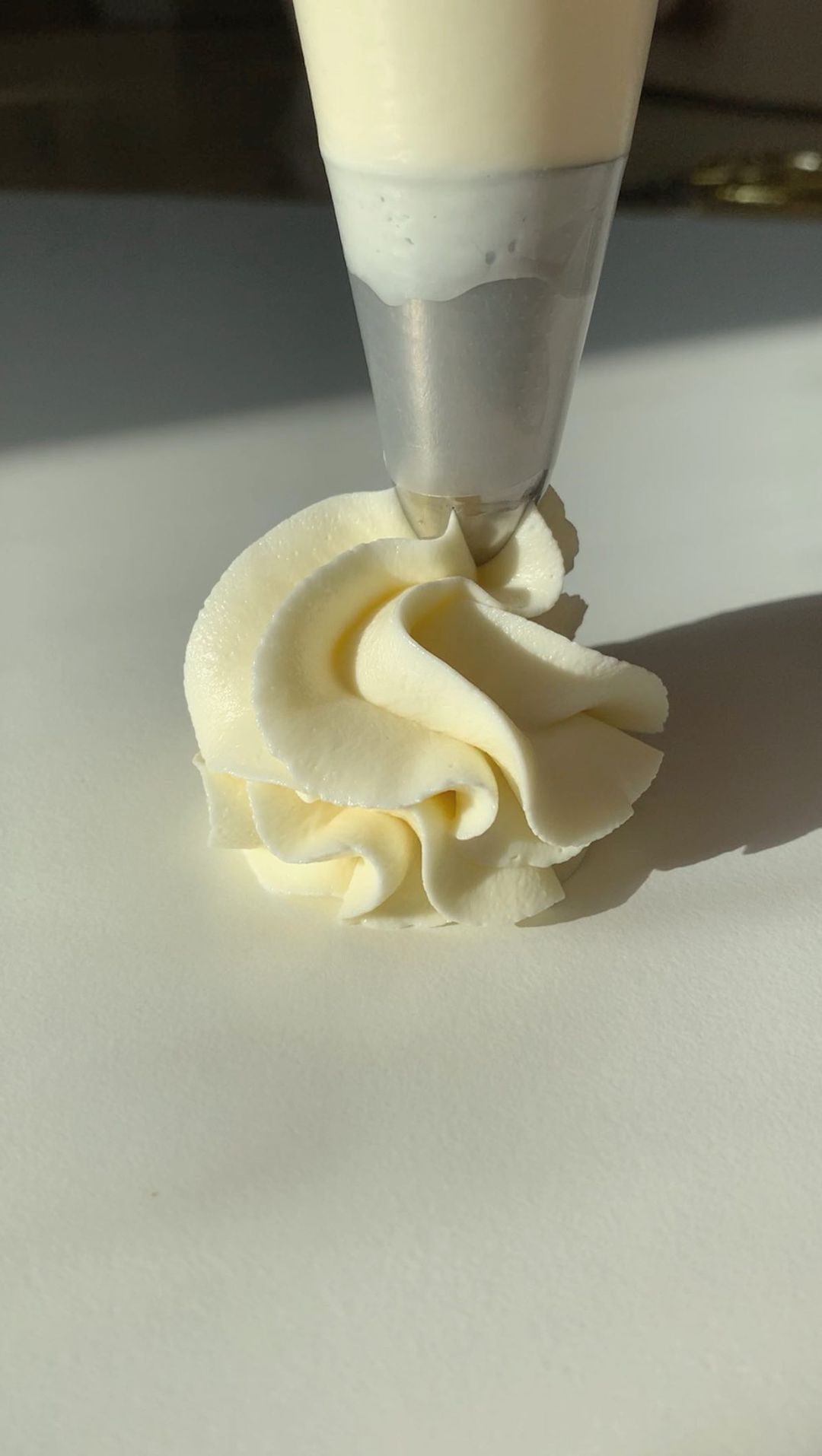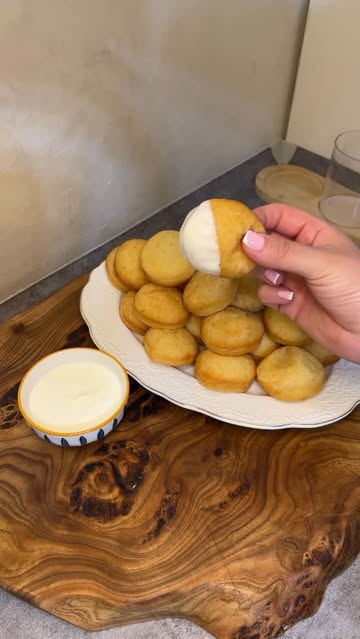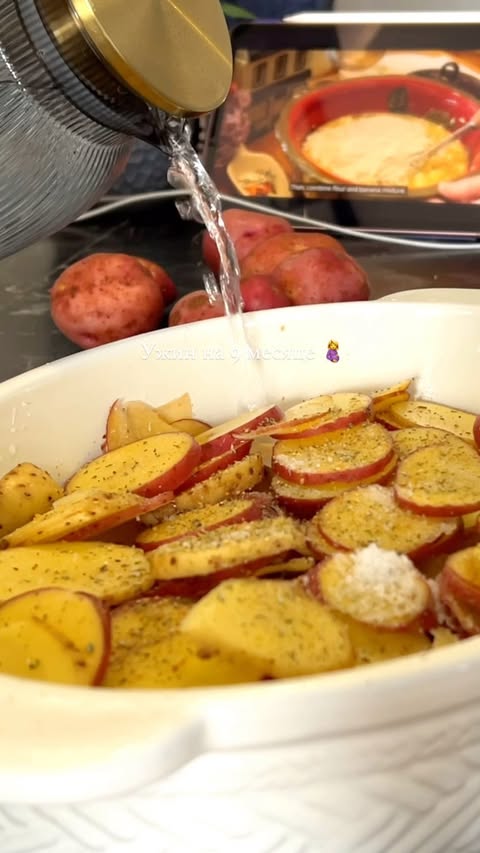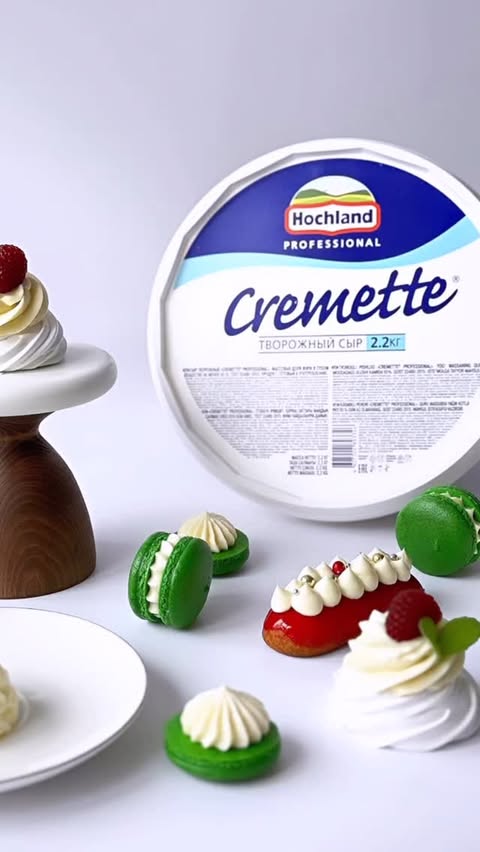Ingredients
Dough Ingredients
 The Twisted Shot | Apple Cider Vinegar Shots with Turmeric, Ginger, Cinnamon, Honey & Cayenne | Wellness Drink | 100% USDA Certified Organic | Gut Health | 12-Pack of 16oz Bottles
$149.99
View details
Prime
The Twisted Shot | Apple Cider Vinegar Shots with Turmeric, Ginger, Cinnamon, Honey & Cayenne | Wellness Drink | 100% USDA Certified Organic | Gut Health | 12-Pack of 16oz Bottles
$149.99
View details
Prime
 Lucy's Family Owned - GALLON SIZE, Organic, With the Mother, Apple Cider Vinegar, Unfiltered, Unpasteurized, NonGMO, and Raw
$29.99
View details
Prime
best seller
Lucy's Family Owned - GALLON SIZE, Organic, With the Mother, Apple Cider Vinegar, Unfiltered, Unpasteurized, NonGMO, and Raw
$29.99
View details
Prime
best seller
 Horbäach Apple Cider Vinegar Capsules | 2400mg | 150 Count | Non-GMO, Gluten Free Supplement
$9.73
$11.45
View details
Horbäach Apple Cider Vinegar Capsules | 2400mg | 150 Count | Non-GMO, Gluten Free Supplement
$9.73
$11.45
View details
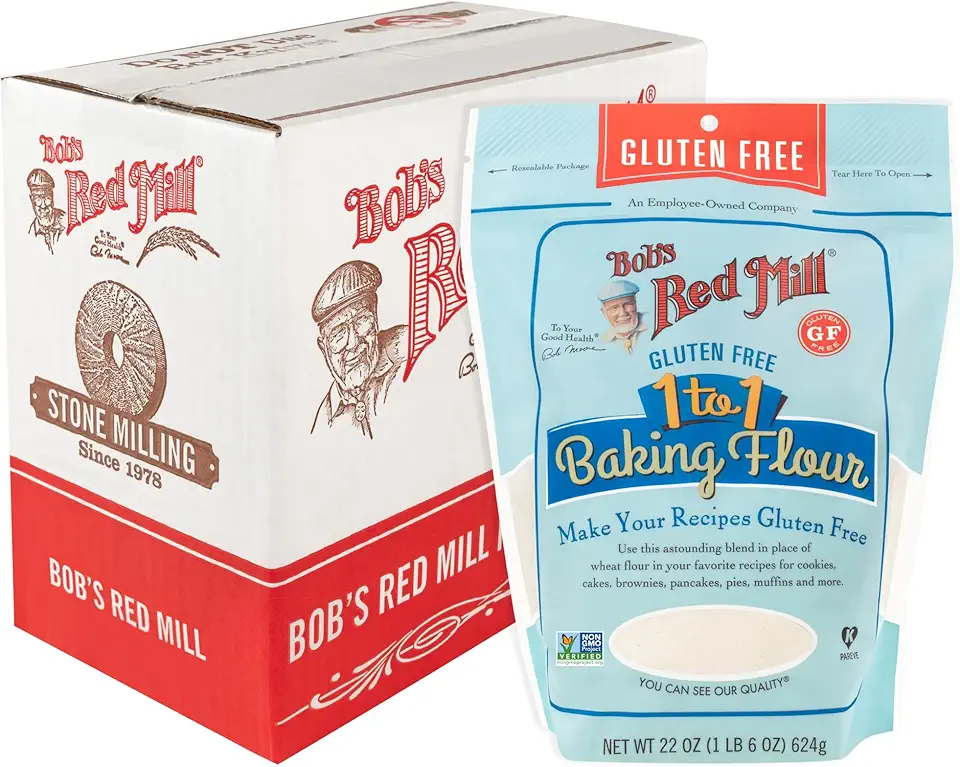 Bob's Red Mill Gluten Free 1-to-1 Baking Flour, 22 Ounce (Pack of 4)
$23.96
View details
Prime
Bob's Red Mill Gluten Free 1-to-1 Baking Flour, 22 Ounce (Pack of 4)
$23.96
View details
Prime
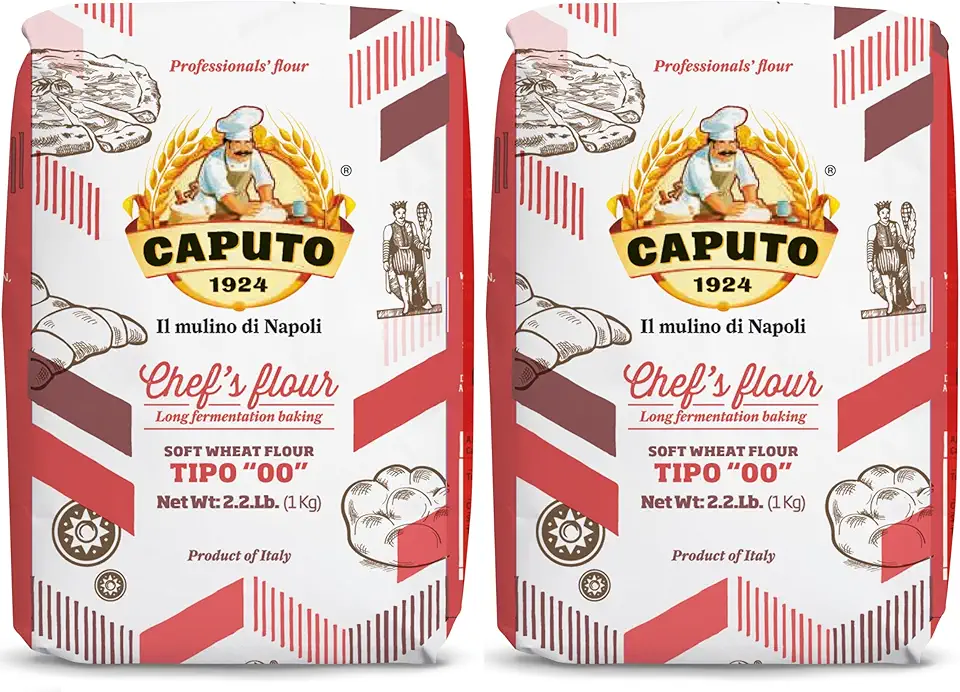 Antimo Caputo Chefs Flour - Italian Double Zero 00 - Soft Wheat for Pizza Dough, Bread, & Pasta, 2.2 Lb (Pack of 2)
$16.99
View details
Prime
best seller
Antimo Caputo Chefs Flour - Italian Double Zero 00 - Soft Wheat for Pizza Dough, Bread, & Pasta, 2.2 Lb (Pack of 2)
$16.99
View details
Prime
best seller
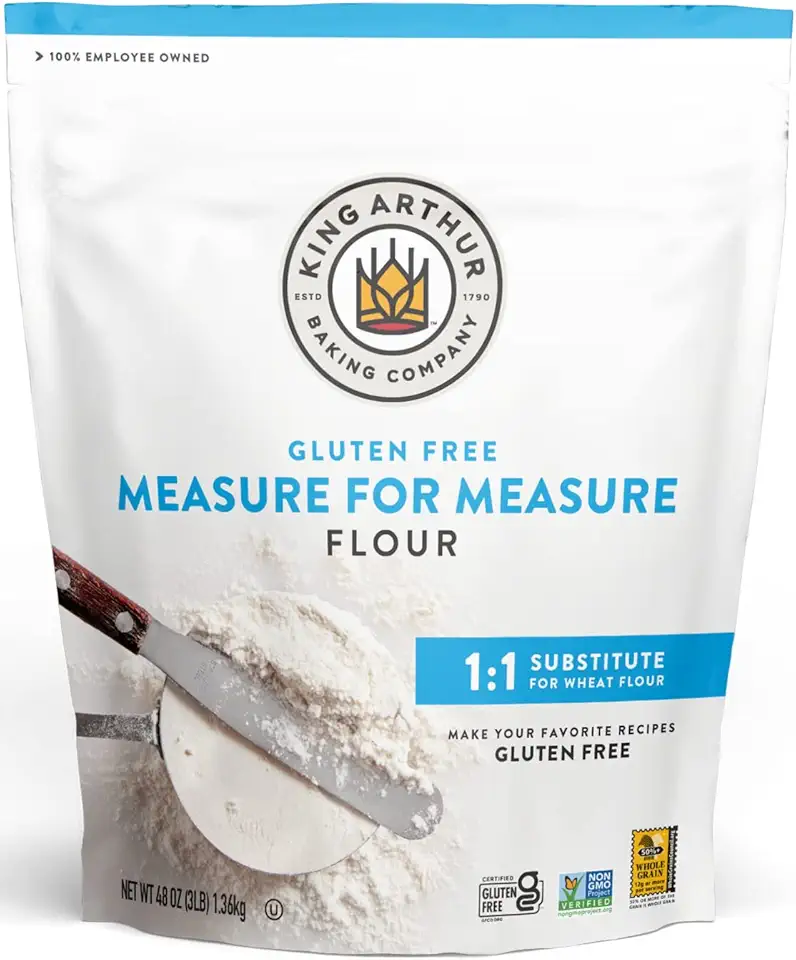 King Arthur, Measure for Measure Flour, Certified Gluten-Free, Non-GMO Project Verified, Certified Kosher, 3 Pounds, Packaging May Vary
$8.62
View details
King Arthur, Measure for Measure Flour, Certified Gluten-Free, Non-GMO Project Verified, Certified Kosher, 3 Pounds, Packaging May Vary
$8.62
View details
Cream Ingredients
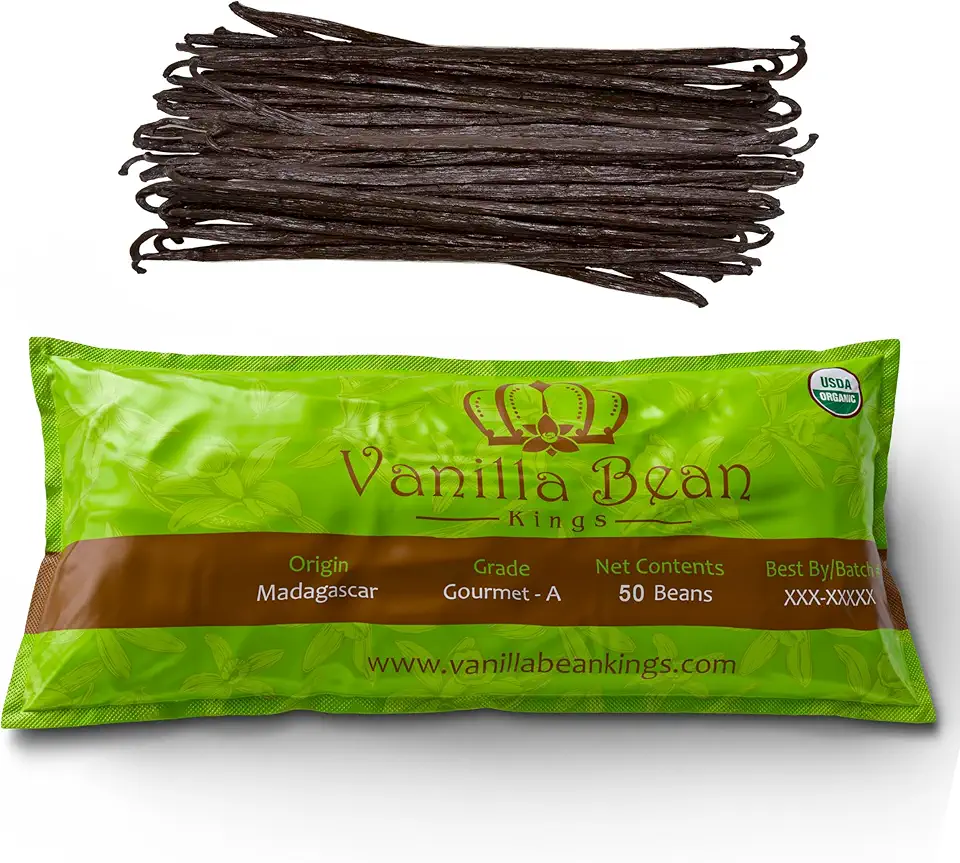 50 Organic Madagascar Vanilla Beans. Whole Grade A Vanilla Pods for Vanilla Extract and Baking
$39.99
View details
Prime
50 Organic Madagascar Vanilla Beans. Whole Grade A Vanilla Pods for Vanilla Extract and Baking
$39.99
View details
Prime
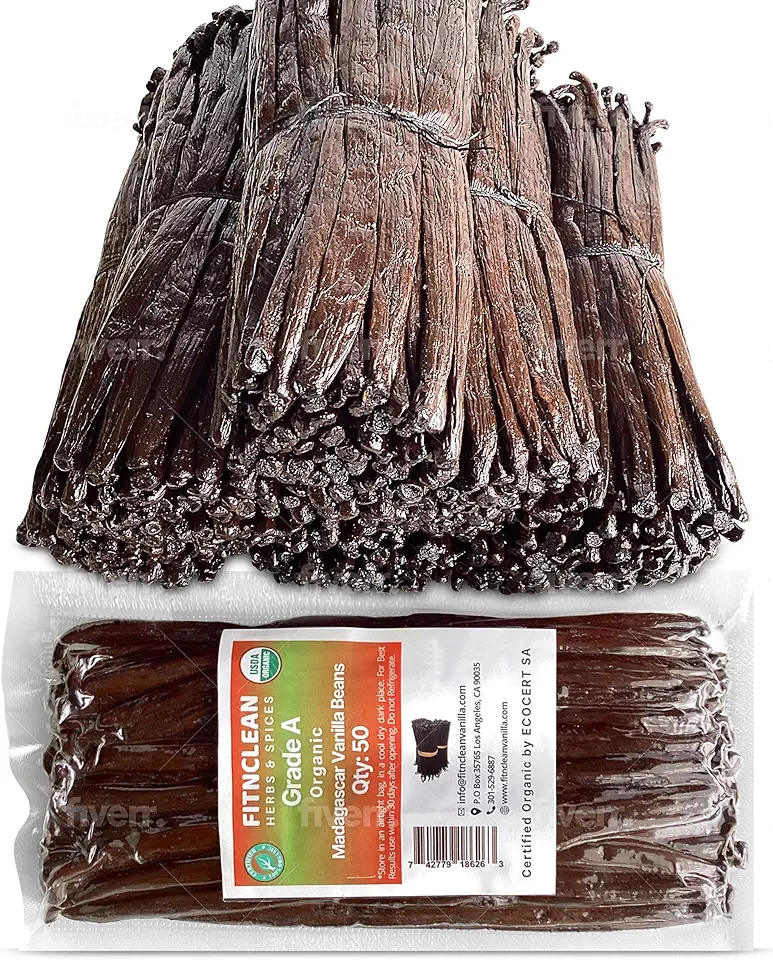 50 Organic Grade A Madagascar Vanilla Beans. Certified USDA Organic for Extract and all things Vanilla by FITNCLEAN VANILLA. ~5" Bulk Fresh Bourbon NON-GMO Pods.
$37.99
View details
Prime
50 Organic Grade A Madagascar Vanilla Beans. Certified USDA Organic for Extract and all things Vanilla by FITNCLEAN VANILLA. ~5" Bulk Fresh Bourbon NON-GMO Pods.
$37.99
View details
Prime
 Nielsen-Massey Madagascar Bourbon Pure Vanilla Extract for Baking and Cooking, 4 Ounce Bottle
$19.95
View details
Nielsen-Massey Madagascar Bourbon Pure Vanilla Extract for Baking and Cooking, 4 Ounce Bottle
$19.95
View details
Instructions
Step 1
In a large mixing bowl, combine 4 egg yolks, 200 milliliters of ice-cold water, and 2.5 tablespoons of vinegar. Mix these ingredients thoroughly until well combined.
Next, grate the 300 grams of cold butter (or margarine) into the flour in a separate bowl. This will help create a flaky texture for your pastry. Once grated, blend the butter into the flour until the mixture resembles fine crumbs.
Then, pour in the egg mixture and mix gently. You don't need to knead the dough extensively; just form it into a ball and then wrap it in plastic wrap. Refrigerate for at least 1 hour to allow it to chill and firm up.
After chilling, divide the dough into 9 to 12 equal parts. You can keep the portions refrigerated until you're ready to roll them out.
Step 2
Roll out each portion of dough as thinly as you can, aiming for a diameter of about 25-26 centimeters. Preheat your oven to 190 degrees Celsius (375 degrees Fahrenheit).
Place the rolled dough onto baking sheets lined with parchment paper and bake for 5-6 minutes. Monitor them closely to prevent burning; every oven can be slightly different. You'll know they’re ready when they puff up and turn a light golden brown.
Step 3
While the pastry layers cool, start preparing the cream. In a mixing bowl, combine 300 grams of softened butter with 1.5 cans of sweetened condensed milk. Beat together until the mixture is smooth and creamy. Don't forget to add a hint of vanilla extract for flavor!
For those who prefer a moist Napoleon dessert, you can also mix in a custard cream with the condensed milk mixture.
Step 4
To assemble the cake, start with the first baked pastry layer, spread it generously with a layer of cream, and continue to stack the layers while alternating with the cream. Repeat until all layers are used up.
Once assembled, cover the Napoleon cake and refrigerate it overnight. This resting time is essential for the layers to soften and for the flavors to meld together.
Step 5
After the cake has rested, it's ready to serve! Cut into slices and enjoy the perfect balance of crispy and creamy textures. This classic Napoleon pastry is sure to be a hit at any gathering, whether you like it crunchy or moist. Enjoy!
Servings
👩🍳 When it comes to serving your delightful Napoleon pastry, the sky's the limit! Try placing it on a decorative cake stand to make a grand presentation. Slice it into individual portions and pair it with a dollop of whipped cream or a scoop of vanilla ice cream for an extra special treat. 🍦🍰
If you really want to impress, sprinkle some powdered sugar on top or garnish with fresh berries. 🍓🍇 This adds a burst of color and flavor that enhances the overall experience. Also, consider serving it with a cup of coffee or tea for a delightful afternoon treat! ☕️
No matter how you choose to serve it, one thing's for sure: your guests will be coming back for seconds!
Equipment
Essential for rolling out your dough to the perfect thickness. Choose a solid wood or silicone rolling pin for the best results.
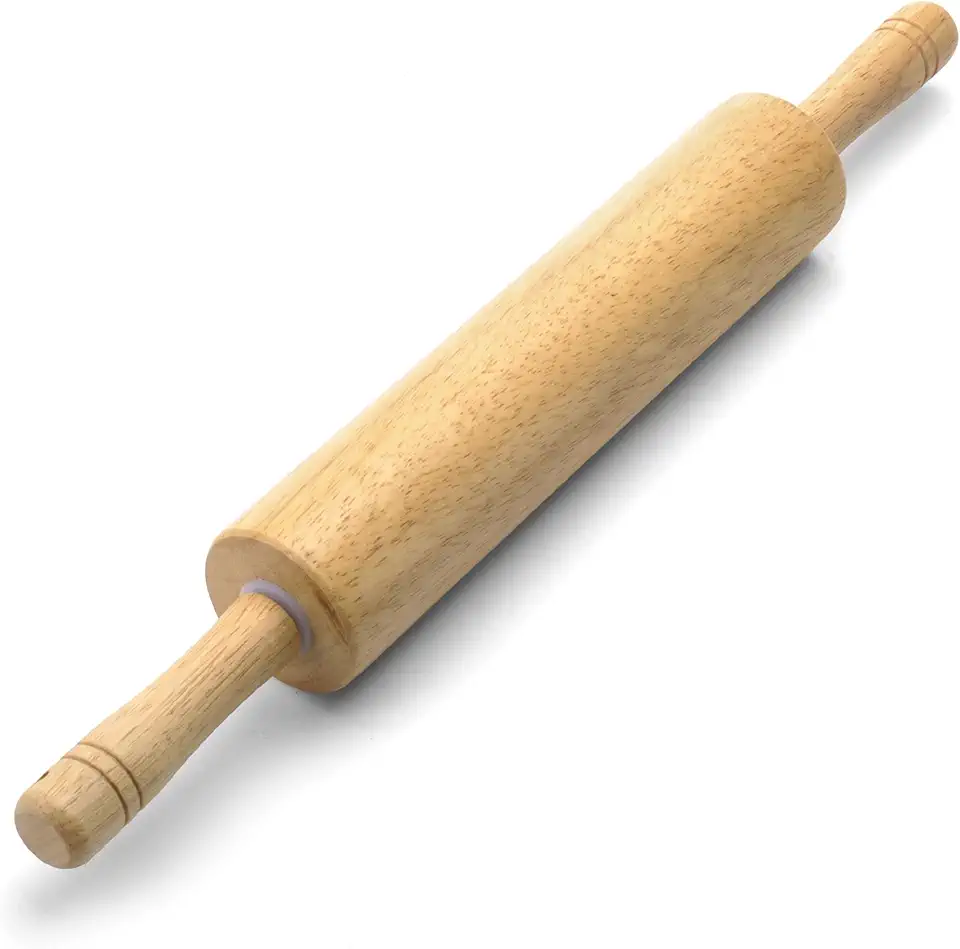 Farberware Classic Wood Rolling Pin, 17.75-Inch, Natural
$12.99
$13.99
View details
Prime
Farberware Classic Wood Rolling Pin, 17.75-Inch, Natural
$12.99
$13.99
View details
Prime
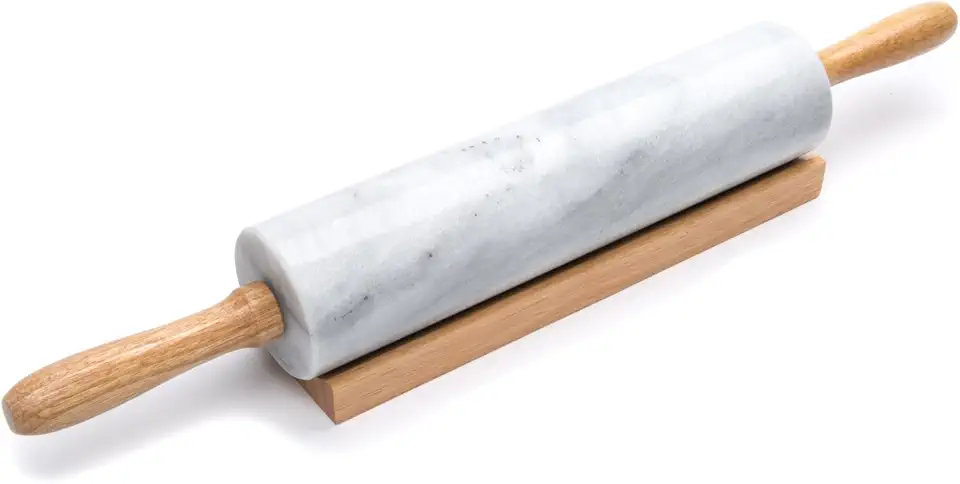 Fox Run Polished Marble Rolling Pin with Wooden Cradle, 10-Inch Barrel, White
$20.88
View details
Prime
Fox Run Polished Marble Rolling Pin with Wooden Cradle, 10-Inch Barrel, White
$20.88
View details
Prime
 French Rolling Pin (17 Inches) –WoodenRoll Pin for Fondant, Pie Crust, Cookie, Pastry, Dough –Tapered Design & Smooth Construction - Essential Kitchen Utensil
$9.99
View details
French Rolling Pin (17 Inches) –WoodenRoll Pin for Fondant, Pie Crust, Cookie, Pastry, Dough –Tapered Design & Smooth Construction - Essential Kitchen Utensil
$9.99
View details
Use flat baking sheets to ensure even baking. Consider lining them with parchment paper for easy cleanup.
Accurate measurements are key in baking. A good set of measuring cups and spoons will help you get the ratios just right!
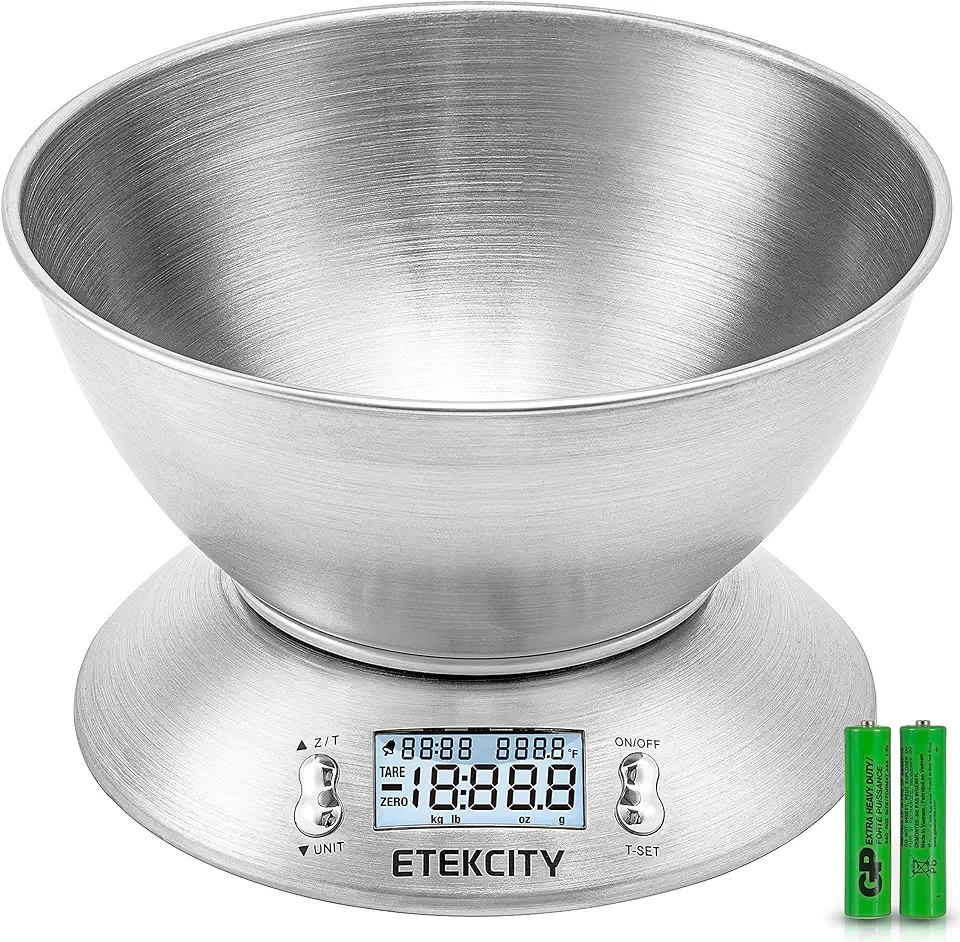 Etekcity Food Kitchen Scale with Bowl, Digital Weight Scale for Food Ounces and Grams, Cooking and Baking, Timer, and Temperature Sensor, 2.06 QT, Stainless Steel
$19.99
View details
Prime
best seller
Etekcity Food Kitchen Scale with Bowl, Digital Weight Scale for Food Ounces and Grams, Cooking and Baking, Timer, and Temperature Sensor, 2.06 QT, Stainless Steel
$19.99
View details
Prime
best seller
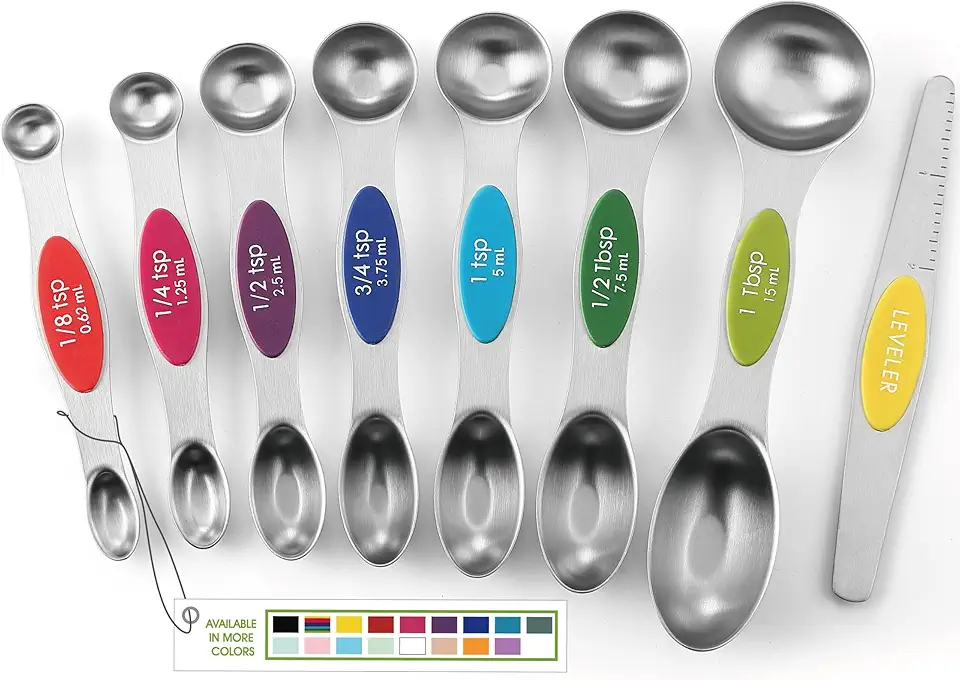 Spring Chef Magnetic Measuring Spoons Set with Strong N45 Magnets, Heavy Duty Stainless Steel Metal, Fits in Most Kitchen Spice Jars for Baking & Cooking, BPA Free, Multicolor, Set of 8 with Leveler
$9.99
View details
Spring Chef Magnetic Measuring Spoons Set with Strong N45 Magnets, Heavy Duty Stainless Steel Metal, Fits in Most Kitchen Spice Jars for Baking & Cooking, BPA Free, Multicolor, Set of 8 with Leveler
$9.99
View details
These tools save time and effort when mixing your cream. The stand mixer is particularly useful for achieving a fluffy texture.
Variations
🌾 For those following a gluten-free diet, simply substitute the all-purpose flour with a gluten-free flour blend. Be sure to check that all other ingredients are gluten-free as well! 🔄
🌱 If you're looking for a vegan twist, replace the butter with a dairy-free margarine and use coconut cream for the filling instead of condensed milk. This way, you can enjoy a rich flavor while sticking to your dietary preferences.
Faq
- What should I do if my dough is too sticky?
If your dough is sticking to your hands or the surface, sprinkle a little more flour to adjust the texture. Just be careful not to add too much, as it can alter the pastry's consistency.
- Can I prepare the dough ahead of time?
Absolutely! You can prepare the dough a day in advance and store it in the refrigerator. Just make sure to cover it well to prevent it from drying out.
- What's the secret to getting the perfect flaky layers?
The key lies in keeping your butter cold. Grating it before mixing with flour can help create those desired flaky layers, so it’s evenly distributed within the dough.
- How can I tell when my pastry layers are done baking?
Keep an eye on the color! You'll want your layers to be golden brown. Depending on your oven, this can take anywhere from 5 to 7 minutes. It's best to watch closely to avoid overbaking.
- Can I freeze the Napoleon pastry?
Yes! You can freeze the individual layers and reassemble them when needed. Just be sure to wrap them well to avoid freezer burn.
- What is the best way to store leftovers?
Keep any leftover Napoleon in an airtight container in the refrigerator to maintain its freshness. Consume within a few days for the best taste!

